Optimal Seasons for Foundation Repairs
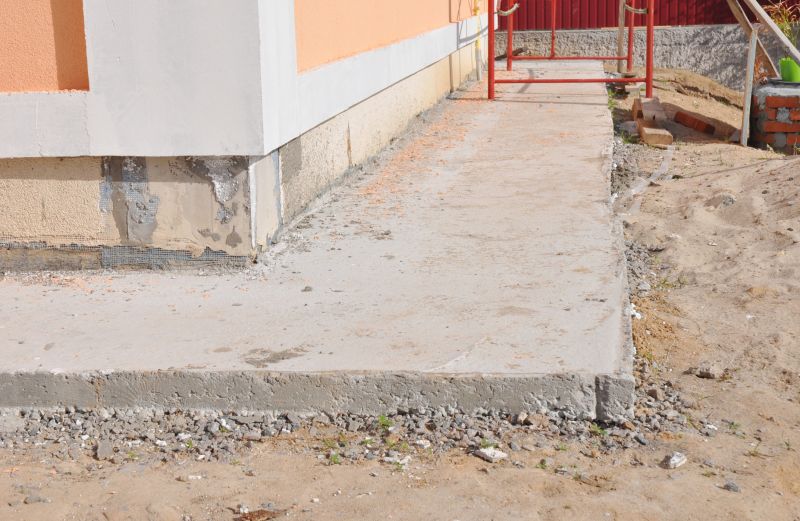
Ways to make Foundation Repairs work in tight or awkward layouts.

Popular materials for Foundation Repairs and why they hold up over time.
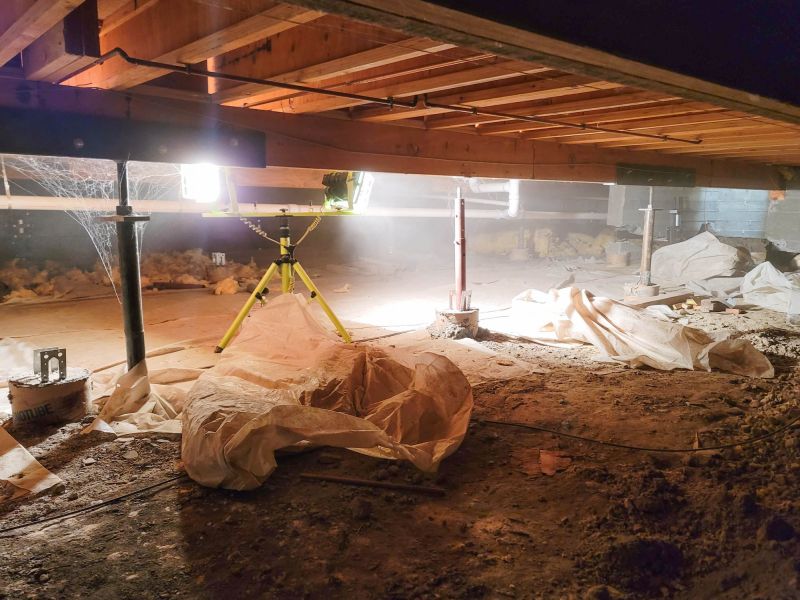
Simple add-ons that improve Foundation Repairs without blowing the budget.

High-end options that actually feel worth it for Foundation Repairs.
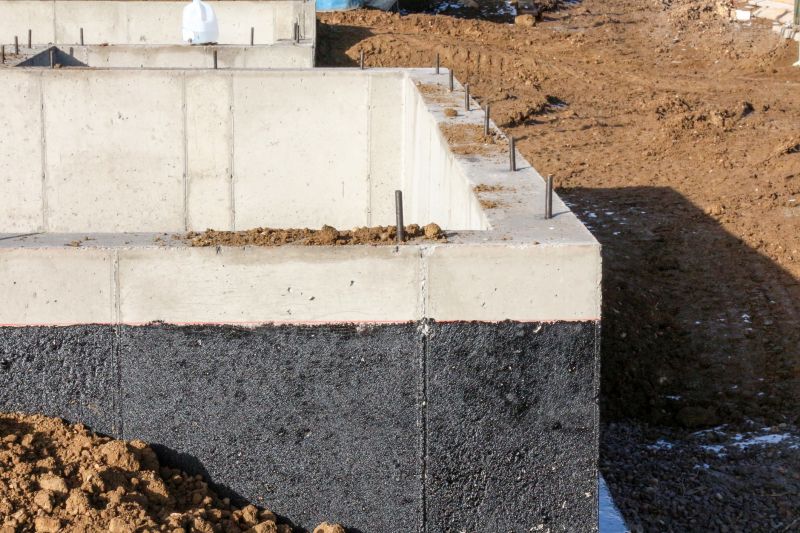
Finishes and colors that play nicely with Foundation Repairs.

Little measurements that prevent headaches on Foundation Repairs day.
Foundation repairs are crucial for maintaining structural integrity and preventing further damage to a property. Timing plays a significant role in the effectiveness and cost-efficiency of repairs. Typically, the best time for foundation repairs is during periods of stable weather, when soil conditions are less likely to cause shifting or additional movement. Spring and fall often offer optimal conditions due to moderate temperatures and moisture levels, reducing the risk of complications during repair work.
Extreme weather conditions, such as heavy rain, snow, or drought, can impact the foundation’s stability and complicate repair efforts. Conducting repairs during mild weather ensures that soil expansion or contraction does not interfere with the process. Additionally, scheduling repairs during these periods minimizes the likelihood of ongoing settling or shifting after work is completed, helping to prolong the lifespan of the repairs.
Spring offers moderate weather and increased moisture, which can facilitate repairs but may require precautions against soil expansion.
Summer’s warmth and dryness can make repairs easier, but high temperatures may pose challenges for certain repair methods.
Fall provides cooler temperatures and less moisture, ideal for many types of repairs before winter.
Winter is generally less suitable due to freezing temperatures and frozen soil, which can hinder repair work.

A 60-second routine that keeps Foundation Repairs looking new.

A frequent mistake in Foundation Repairs and how to dodge it.
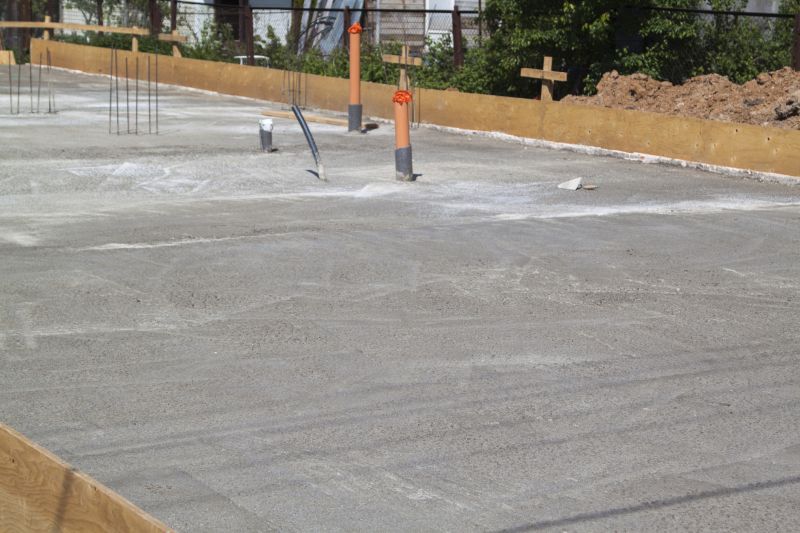
Small tweaks to make Foundation Repairs safer and easier to use.

Lower-waste or water-saving choices for Foundation Repairs.

The short, realistic tool list for quality Foundation Repairs.
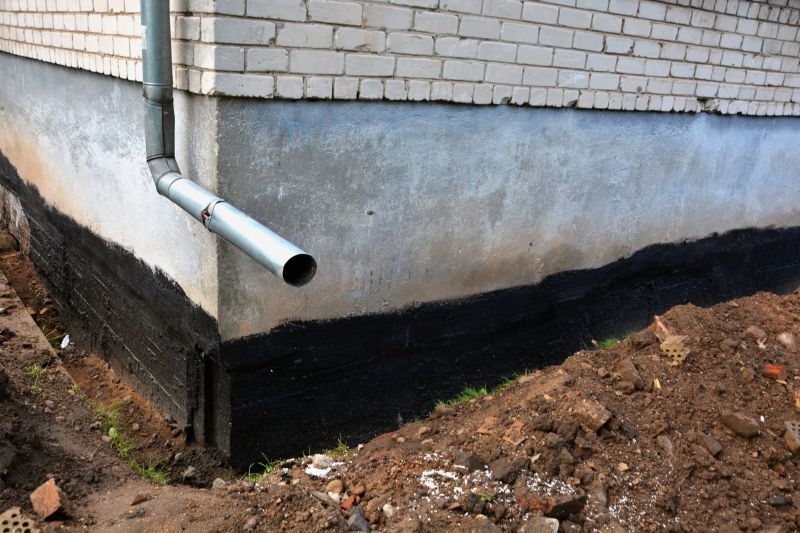
Rough timing from prep to clean-up for Foundation Repairs.

Quick checks and paperwork to keep after Foundation Repairs.
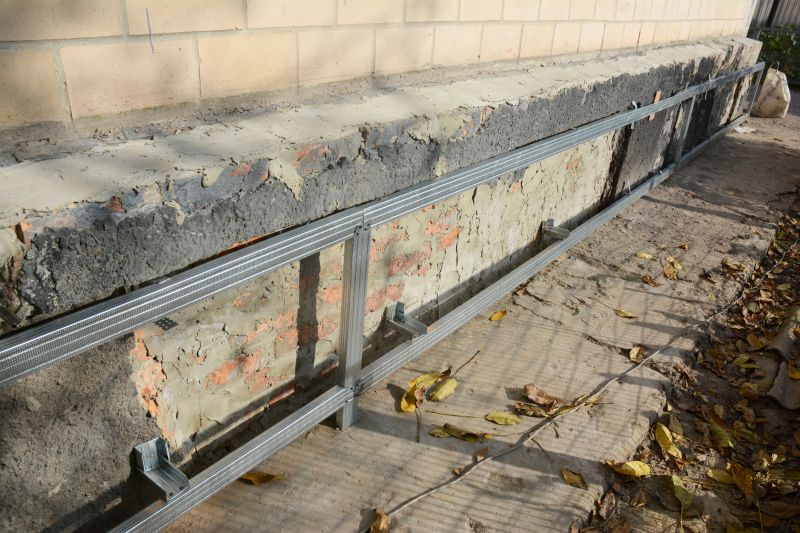
Examples that show the impact a good Foundation Repairs can make.
| Season | Ideal Conditions |
|---|---|
| Spring | Moderate temperatures, increased moisture, soil expansion considerations |
| Summer | Warm and dry, easier access, potential heat challenges |
| Fall | Cooler temperatures, less moisture, pre-winter preparation |
| Winter | Freezing temperatures, frozen soil, generally unsuitable |
Understanding the seasonal variations in soil and weather conditions is essential for scheduling foundation repairs effectively. Proper timing can reduce the risk of additional shifting or damage, leading to more durable and lasting results. Consulting with foundation specialists can help determine the most appropriate time for repairs based on current site conditions and local climate patterns.
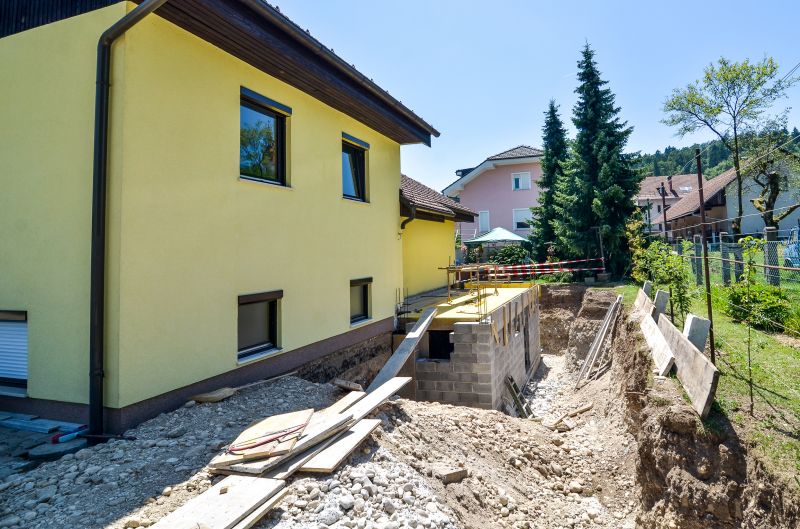
Ways to make Foundation Repairs work in tight or awkward layouts.
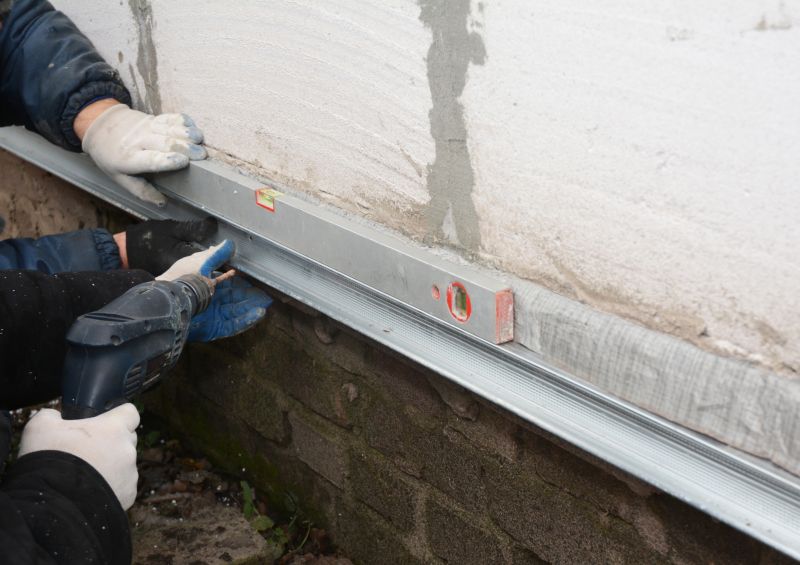
Ways to make Foundation Repairs work in tight or awkward layouts.
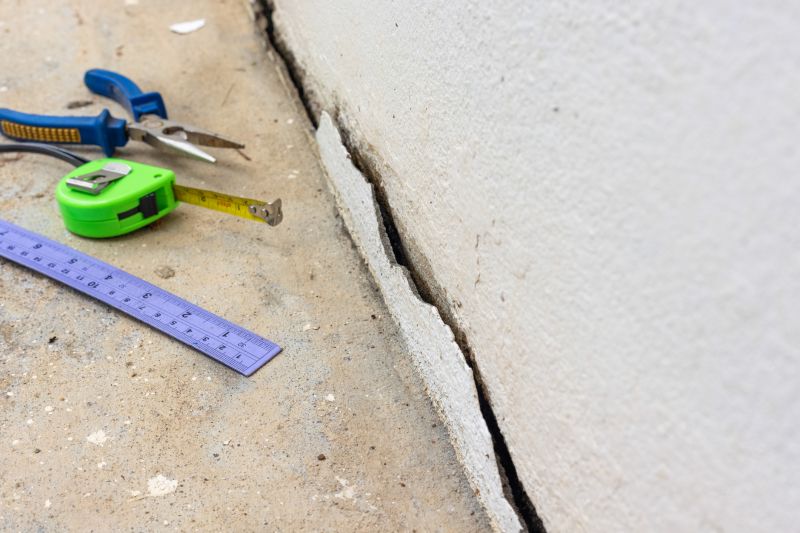
Ways to make Foundation Repairs work in tight or awkward layouts.
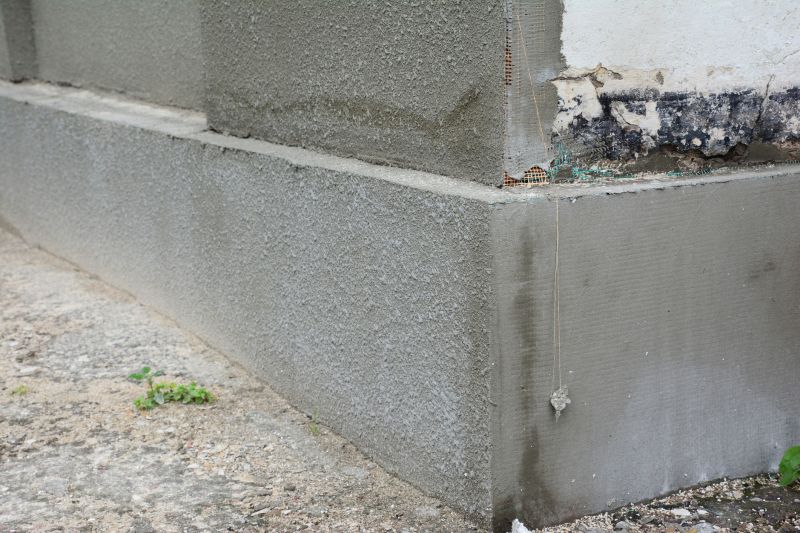
Ways to make Foundation Repairs work in tight or awkward layouts.
If there is interest in foundation repairs, filling out the contact form provides a way to receive professional guidance and schedule assessments. Proper timing and expert consultation can help ensure that repairs are effective and long-lasting, maintaining the structural health of the property.



